DOSSIER - Eye surgery: characteristics of a revolution
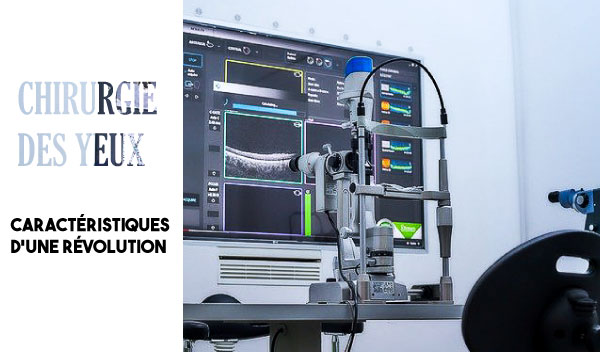
The techniques of eye surgery have considerably changed the way we approach the defects, diseases and wear and tear of our visual system . With time and medical advances, they continue to improve. In this new file, we offer you a look at the different ways of operating on the eyes.
Eye surgery: myopia in the sights
There are many solutions to deal with myopia . This blemish in vision , the progression of which unfortunately remains constant in many parts of the world, can be corrected in many ways. Since the beginning of the Eighties however, the surgical techniques appeared to eliminate it in a constant way, and thus to eliminate the wearing of corrective glasses.
Today, refractive surgery for myopia is one of the most widely performed visual operations in the world. There are different techniques.
Historically, the first of these techniques came from the research of Sviatoslav Fiodorov, a Russian ophthalmologist. Called radial keratotomy , this first treatment consisted of making several radial incisions in the cornea in order to reduce its convergence and allow the light rays to concentrate on the retina. This already revolutionary technique had some drawbacks, however.
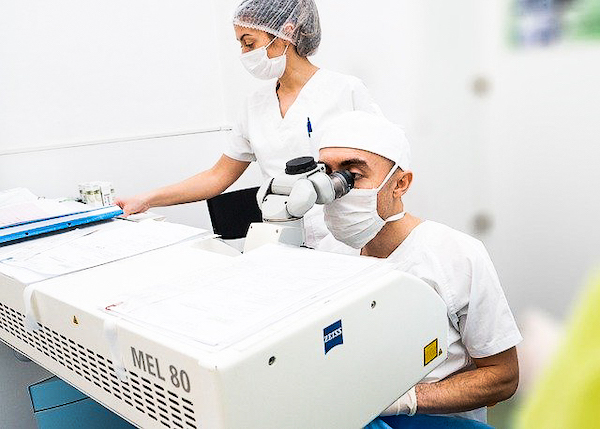
First, it was only suitable for low to medium myopia (less than 5 diopters). Then there was a chance of developing hyperopia following the procedure. This pioneering technique was therefore gradually replaced by the use of laser .
The laser, another revolution
The laser technique also had its beginnings, but also and above all very good results. The first laser technique was invented by the American Steven Trockel. This technique, called Excimer , involves using the laser to create a central ulceration in the cornea . If healing takes place in a few days, visual recovery is rather slow and the postoperative pain is strong and frequent.
A first variant of this technique, Lasik , was then tested and patented. The latter is currently the most used in refractive surgery . Thus, in France, more than ten thousand people go through it to eliminate their problem of myopia. It works in three stages and makes it possible to correct the defects of the Excimer laser.
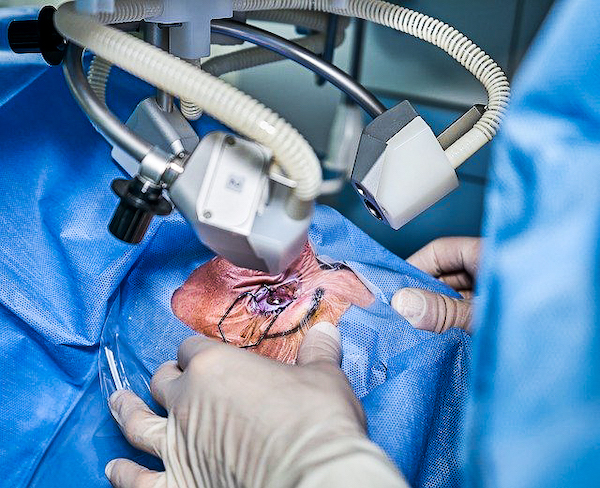
First, the cornea is cut by a microkeratome . Then the corneal tissue is removed using the Excimer laser. Finally, the surgeon puts the corneal flap back in place.
The big advantage of this technique is that the power of the laser is calculated by computer to adapt to the level of myopia of the patient. Local anesthesia is simply done with the help of drops and the treatment only takes a few minutes. This technique is mostly painless and visual recovery takes place in just one day.
Finally, in 2017, a new laser technique called Femtosecond , was introduced in the United States. . It consists in cutting more finely and with more precision the lamella of the cornea using a laser and no longer a microkeratome. Again, the visual recovery time would be further reduced. There are still few departments equipped to perform this 100% laser technique, because this equipment has a non-negligible cost (around 400,000 euros.)
These refractive surgery techniques have very good results, even if we do not yet know all the effects in the very long term. But in all cases, they do not prevent the need to be monitored annually by an ophthalmologist . The latter may also, in certain cases of visual fatigue, recommend the wearing of glasses.
[Embed] https://www.youtube.com/watch?v=XU6WwHMy4cY&ab_channel=COFOphtalmo % 3Avid% C3% A9ossant% C3% A9oculaire [/ embed]
Other surgical treatments for other defects or diseases
Myopia is not the only defect that can benefit from refractive surgery. Thus, presbyopia , inevitable since it is the consequence of wear and tear of the lens, is one of them. This presbyopia surgery consists of the restoration of a physiological accommodation. Among the surgical techniques used, there is also that of Lasik , but also others which do not require the use of a laser.
Thus, for patients suffering from presbyopia total but also farsightedness, multifocal implants can be used. This very safe technique eliminates the need for glasses because it restores good intermediate vision, but also far and near.
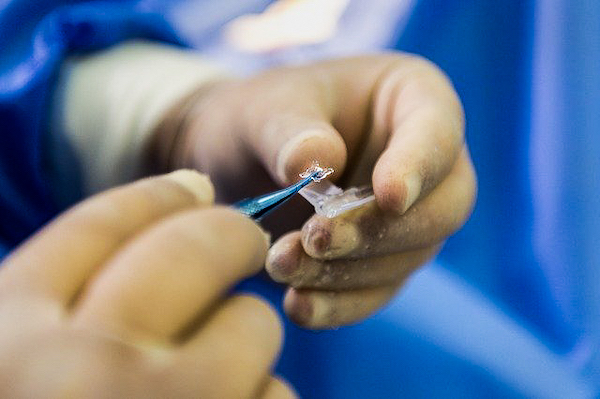
These implants replace the worn lens through clear lens surgery. They still require some adaptation because the brain has to deal with different images, linked to different areas on the lens optics. The risk is therefore to develop optical aberrations (problem of halo or sharpness).
Not all patients can benefit from it. In addition, Social Security does not reimburse the operation and it remains quite expensive.
If the presbyopia is accompanied by myopia, there is also the device called ' monovision '. This consists of favoring the dominant eye while the other is left slightly short-sighted to see up close. But this correction system requires wearing glasses for some activities such as driving. To benefit from it, you must be under 55 years of age and tolerate the wearing of contact lenses.
Other implant or laser techniques, such as the femtosecond, also make it possible to correct presbyopia and are currently under study. Much progress is yet to be made.
Cataract surgery: the most common eye surgery
Finally, 700,000 people per year in France undergo cataract surgery . The increased opacity of the lens affects a large part of the elderly (one in five after 65 years, one in 3 after 75). In this case, surgery is the only effective treatment. It consists of replacing the lens with an implant .
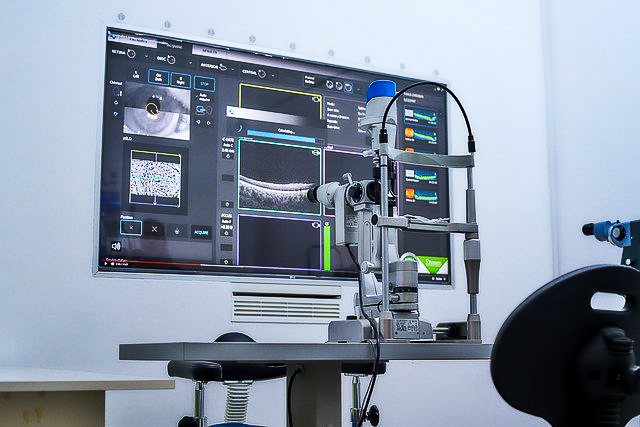
The surgeon first makes an incision in the cornea and then removes the nucleus from the lens. During a few minutes and performed under local anesthesia, this method called phacoemulsification allows rapid healing (suturing is not mandatory) and fewer complications.
Convalescence after an operation of the cataract lasts a few weeks. Prescription glasses, eye drops and / or ointment will most likely be required.
Advances in surgical medicine have greatly helped patients with vision problems . If, like any medical operation, the risks are not inevitable, these techniques, constantly improving, make it possible to make life easier for many patients. There is no doubt that in the years to come, they will continue to improve in order to correct the few faults and make visual correction even more secure.
Sources: doctissimo.fr


